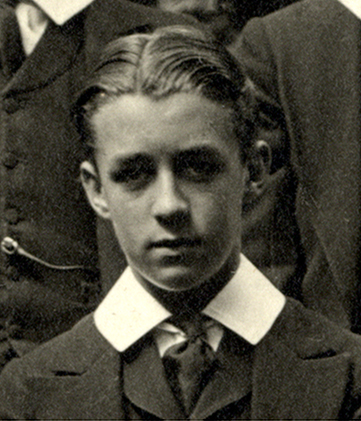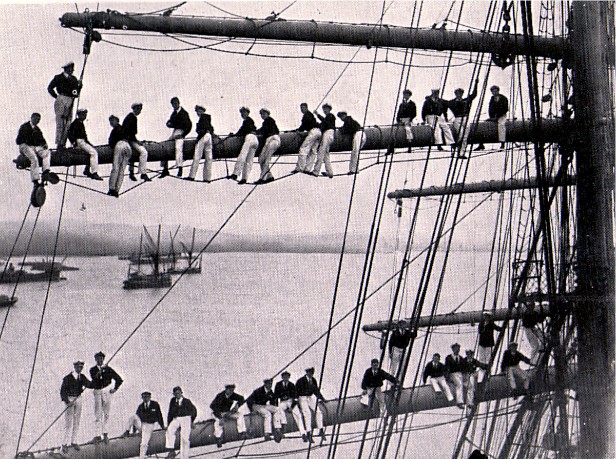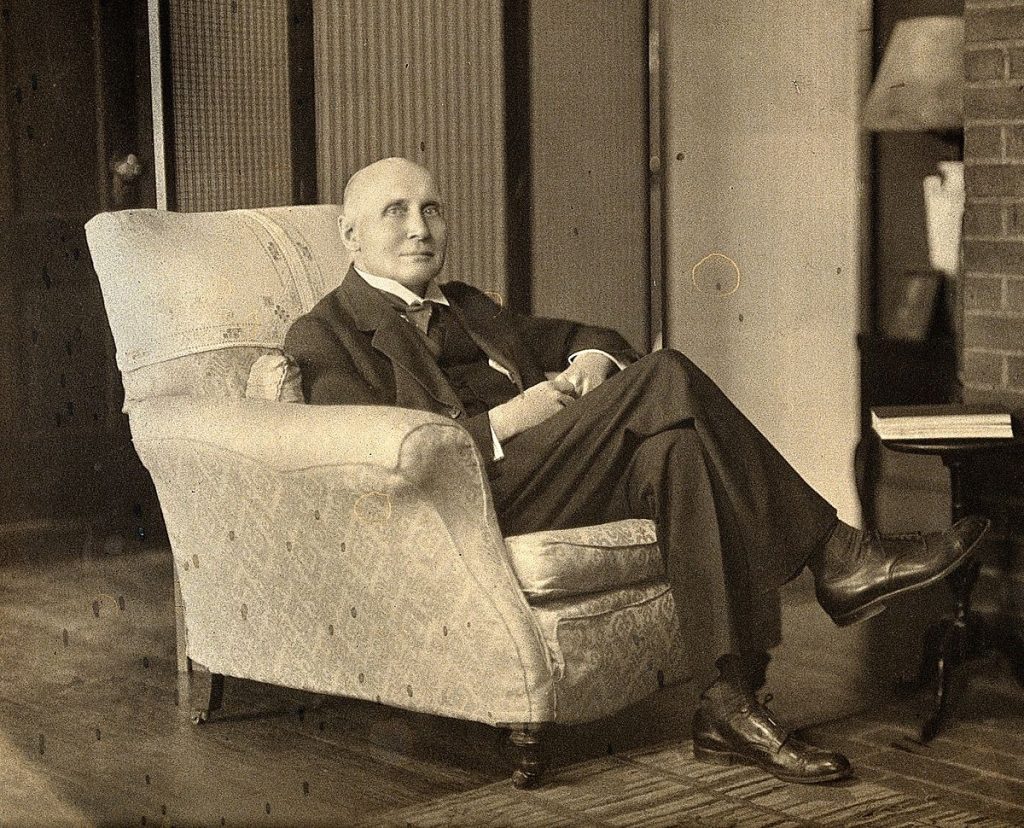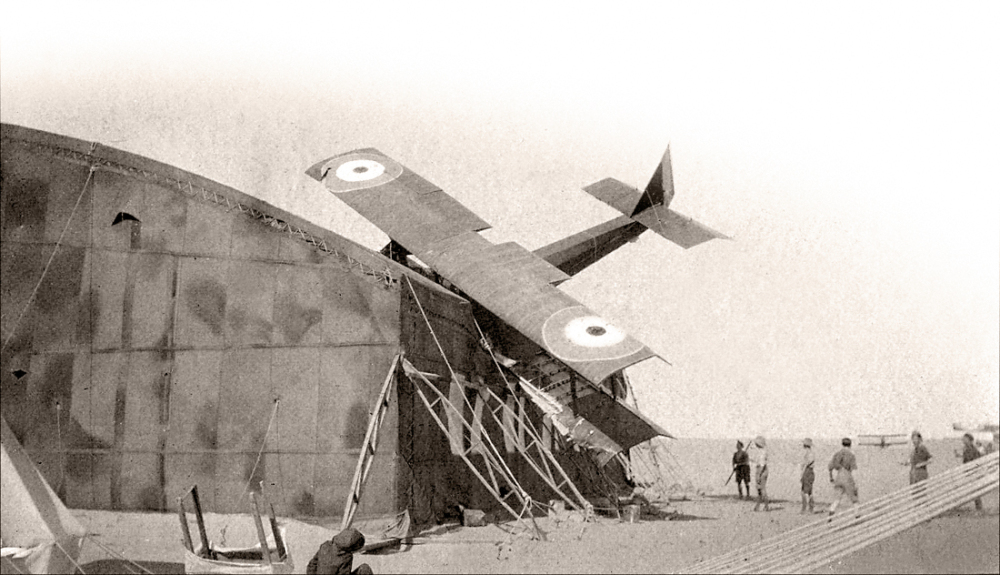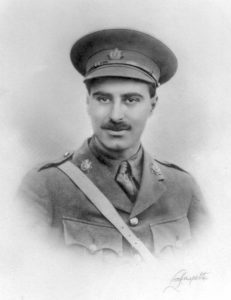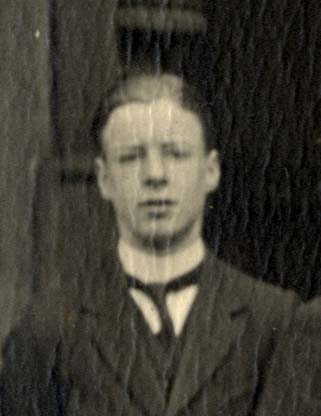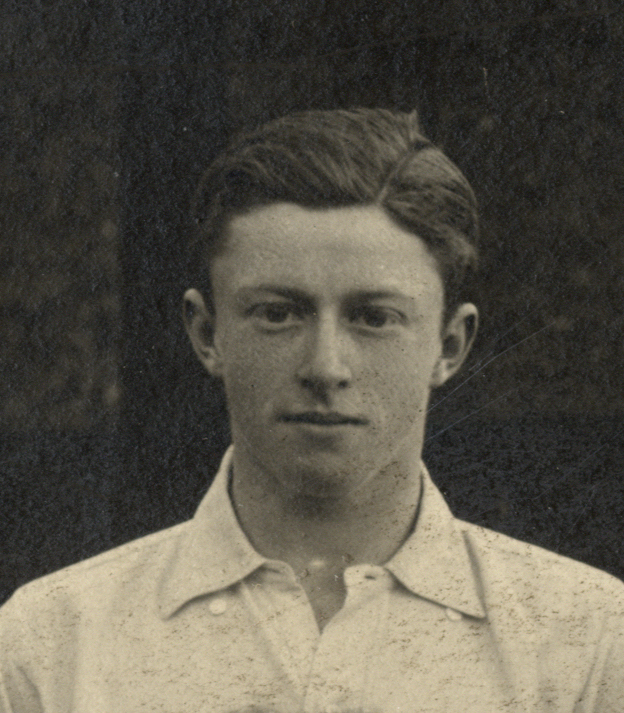James Benjamin Wallace Wolstenholme

James Benjamin Wallace Wolstenholme was born in 1895, the eldest son of James Wolstenholme and Mary Elizabeth Gossling. He joined Westminster School in 1908 and was admitted to Ashburnham House. By 1913 he had enlisted with the Artists’ Rifles, a volunteer regiment of the British Army Reserve. He remained part of the Territorial Force for several years, and in 1915 became Lieutenant Railway Transport Officer. In this role he worked as part of the Royal Engineers, the body responsible for the creation and maintenance of not only British railways, but transport networks across Europe and beyond.
In August 1917 Wolstenholme was transferred to the RFC (Royal Flying Corps). The RFC was a precursor to the Royal Air Force, and remained in place until 1918. Here Wolstenholme trained at the 47th Training Depot Station, based with the North Eastern Training Group in Doncaster. It was while training with the RFC that Wolstenholme was fatally wounded, and he passed away on the 20th August 1918.

